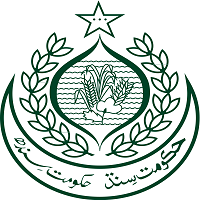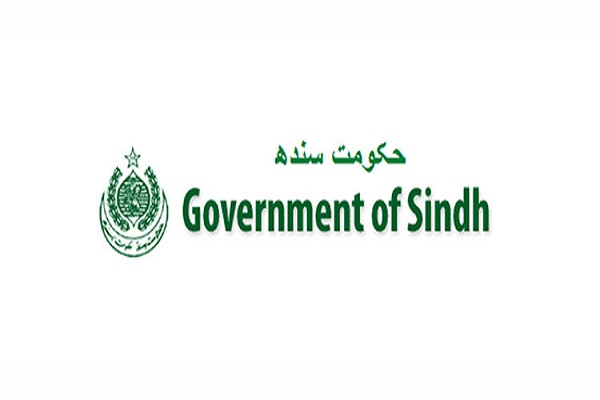The government of Sindh structured under the constitution of 1973. The province has unicameral legislation headed by the chief minister who selects the members of the cabinet and thus responsible for provincial governance. There are a total of 168 seats for provincial members among which 8 seats are reserved for minorities while 30 seats for women.
Governor is considered to be the governing head of the province while Chief Secretary is the administrative boss of the province who is appointed by the Prime Minister of the country. Provincial administrative offices are located in the capital of Sindh, Karachi.
The province is further administratively divided into 29 districts headed by district commissioners who ensure government interest in the districts of the province. This article comprises all the information including the Government of Sindh History.
| Title | Description |
|---|---|
| Details | |
| The seat of Government: | Karachi |
| Assembly: | Sindh Assembly |
| Speaker: | Agha Siraj Khan Durrani |
| Governor: | Muhammad Zubir Hyiat 2,2,2017 |
| Chief Minister: | Syed Murad Ali Shah |
| Chief Secretary: | Muhammad Siddique Memon |
| High Court: | Sindh High Court |
| Chief Justice: | Justice Sajjad Ali Shah |
| Members in Assembly : | 168 |
| Members elected through: | Direct vote and represent their own constituencies |
| Women’s Seats: | 30 seats are reserved for women |
| Seats for non-Muslim: | 8 Seats |
| CM appointed by: | By the Governor from amongst the 1/3 majority of Assembly |
| Head of a cabinet : | Chief minister |
| Role of cabinet : | Cabinet aids and advises the Governor in the exercise of his functions |
| Services: | Established an online job portal, Rozgar Sindh |
| Website: | http://www.cmsindh.gov.pk/ |
Table of Contents
Government of Sindh History
The history of Sindh traced back to Alexander who invaded the region and used it as a shelter for attacking Babilonia. After Alexander, Mehmood Ghaznavi of the Ghaznavid Dynasty occupied the region. The faithfulness, honesty, and kindheartedness of the Arabian invaders resulted in the conversion of people to Islam.
After Ghaznavid Rule, the province came under the control of Mughal Rulers who used to fight Sikhs many times followed by the rule of the British Raj in 1857. After the imprisonment of the last Muslim King of the subcontinent, Bahadur Shah Zafar, Britain fully occupied the province and traded the economy of their colony to the countries such as Arab Countries, Europe, and the UK.
The British Raj ruled the region till the division of the subcontinent in 1947 when India and Pakistan came into being as two separate countries. After independence, the capital of Sindh, Karachi became the capital of Pakistan which was converted to Islamabad later. The tomb of the founder of Pakistan, Quaid –e- Azam Mohammad Ali Jinnah, is also situated in Karachi.
Political History
The political history of Sindh goes back to British Rule when the province got its representation in the legislative assembly of Bombay for the very first time. A movement to separate the province from Bombay’s presidency started and it was separated from Bombay under the Act of 1935. After separation, it established its own legislation which contained 60 members.
In 1936, British Lancelot Graham was selected as 1st governor of Sindh who remained Executive Council’s head of twenty-five members and 2 advisors of Bombay’s Council. Khan Bahadur Allah Bakhsh Soomro was a close assistant of British personnel who appointed him as the first Chief Minister of Sindh.
Political Structure
The government of Sindh is politically structured and Governor is the head of the province’s government who is elected by the members of the provincial assembly. Furthermore, Chief Minister is the head of the assembly who is appointed by the Prime Minister of Pakistan and assisted by Secretaries of the provincial departments.
The secretaries are further assisted by district commissioners who are considered to be the political agents of the government, Tehsildars, Naib – Tehsildars, and others. All of the provincial departments report to the offices of the provincial ministry which is located in the headquarters of Karachi.
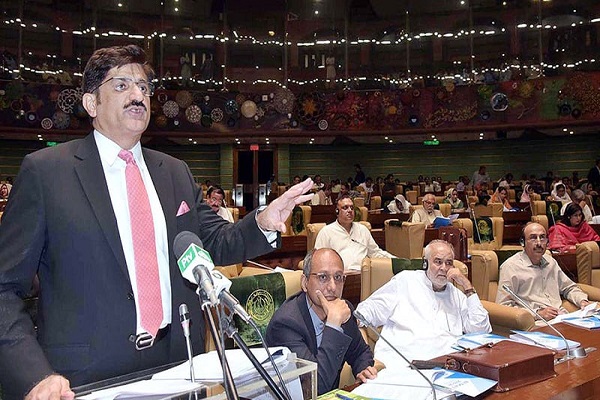
Legislation
The province has unicameral legislation established under the 1973 constitution. It comprises 168 seats among which eight seats are selected for minorities and thirty seats for women.
Criteria of Provincial Assembly Membership
The Constitutional Article of 113 sets the criteria for being a member of Sindh Provincial Assembly which states that the candidate must have:
- Sindhi Citizenship
- Good Character and not the violator of Islamic Rules
- 25 Years of Age
- Adequate knowledge of the teachings of Islam
- Honest and righteous personality
- To follow the ideology of Pakistan
Duration of Provincial Assembly
According to Article 107, Pakistan provincial assembly has a duration of 5 years after which it is dissolved and an assembly of new members is formed after general elections. It can also be dissolved under Article 112, before the completion of its time-span by the suggestion of Governor or Chief Secretary approved by the President of Pakistan.
Government of Sindh Departments
There are many administrative departments headed by the ministers of the province. Some of the provincial departments are as follow:
- Agricultural Department
- Finance Department
- Department of Enquiries and Anti Corruption
- Food Department
- Department of Culture and tourism
- Department of Forest and Wildlife
- Department of Industries and Commerce
- Home Department
- Department of Livestock and Fisheries
- Department of Rural Development
- Department of Information, Science, and Technology
- Department of Minorities Affair
- Department of Mines and Minerals
- Department of Public Health Engineering
- Department of Transport
- Department of Women Development
- Department of Health
- Department of Empowerment of Persons with Disabilities
- Department of Work and Services
- Department of Excise and Taxation
- Department of Board of Revenue
- Department of Energy
- Department of Sports and Youth Affairs
- Department of Education and Literacy
- Department of Irrigation
- Department of Social Welfare
- Department of Law, Parliamentary Affairs and Human Rights
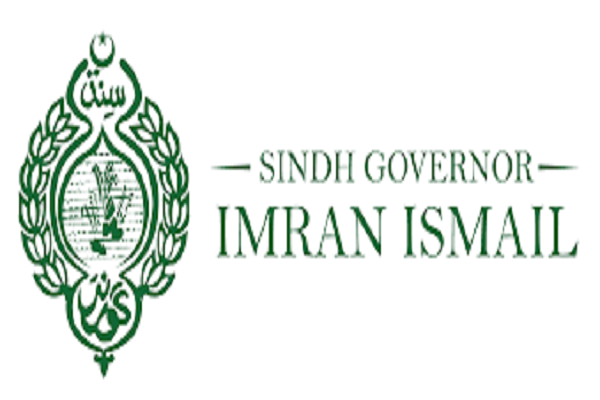
Speaker and Deputy Speaker
Agha Siraj Durrani is the current speaker while Rehana Leghari is the current deputy speaker of Sindh Provincial Assembly.
Limitation of Provincial Assembly
The objectives of the Provincial Assembly are to form laws but it has been limited under Articles 141 & 142. The limitation of the assembly is as follow:
- The Assembly of a province cannot laws against basic rights
- A law cannot be imposed if it violates Islamic Rules
- Assembly cannot perform in a state of emergency in the country
- The assembly cannot legislate in Federal Legislative matters
Administrative Personnel
The province contains top 4 administrative personnel which are as follow:
- Syed Murad Ali Shah – Chief Minister
- Imran Ismail – Governor
- Mumtaz Ali Shah – Chief Secretary
- Mohammad Waseem – Chairman of Planning and Development
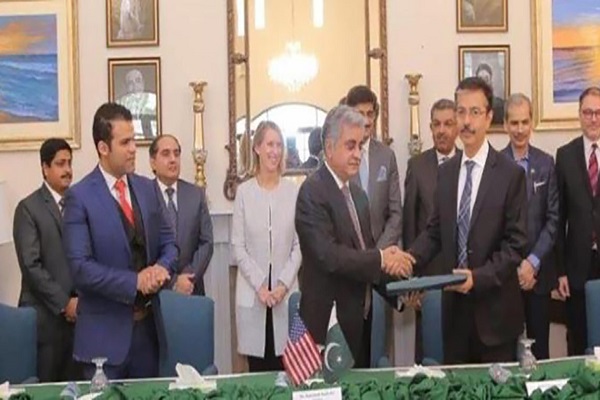
Social Media Handle
https://www.facebook.com/OfficialGoS/
